欢迎访问济南科尔超声波设备有限公司网站!


常见问题
大功率超声波清洗机主要参数
作者:admin来源:http://www.jnthcsb.com/时间:2023-05-27
超声波清洗是基于空化作用,即在清洗液中无数气泡快速形成并迅速内爆。由此产生的冲击将浸没在清洗液中的工件内外表面的污物剥落下来。随着超声频率的提高,气泡数量增加而爆破冲击力减弱,因此,高频超声特别适用於小颗粒污垢的清洗而不破环其工件表面。气泡是在液体中施加高频(超声频率)、高强度的声波而产生的。因此,任何超声清洗系统都必须具备三个基本元件:盛放清洗液的槽、将电能转化为机械能的换能器以及产生高频电信号的超声波发生器。
Ultrasonic cleaning is based on cavitation, where countless bubbles rapidly form and implode in the cleaning solution. The resulting impact will peel off the dirt on the inner and outer surfaces of the workpiece immersed in the cleaning solution. With the increase of ultrasonic frequency, the number of bubbles increases and the blasting impact force weakens. Therefore, high-frequency ultrasound is particularly suitable for cleaning small particles of dirt without damaging the surface of the workpiece. Bubbles are generated by applying high-frequency (ultrasonic frequency) and high-strength sound waves in liquids. Therefore, any ultrasonic cleaning system must have three basic components: a tank to hold cleaning fluid, a transducer to convert electrical energy into mechanical energy, and an ultrasonic generator to generate high-frequency electrical signals.
(1)频率:≥20KHz ,可以分为低频,中频,高频3段。
(1) Frequency: ≥ 20KHz, can be divided into three bands: low frequency, medium frequency, and high frequency.
(2)清洗介质:采用超声波清洗,一般两类清洗剂:化学溶剂、水基清洗剂等。清洗介质的化学作用,可以加速超声波清洗效果,超声波清洗是物理作用,两种作用相结合,以对物件进行充分、彻底的清洗。
(2) Cleaning medium: Ultrasonic cleaning is used, and there are generally two types of cleaning agents: chemical solvents, water-based cleaning agents, etc. The chemical action of the cleaning medium can accelerate the effect of ultrasonic cleaning. Ultrasonic cleaning is a physical action that combines the two functions to thoroughly and thoroughly clean objects.
(3)功率密度:功率密度=发射功率(W)/发射面积(cm2)通常≥0.3W/cm2,超声波的功率密度越高,空化效果越强,速度越快,清洗效果越好。但对于精密的、表面光洁度甚高的物件,采用长时间的高功率密度清洗会对物件表面产生“空化”腐蚀。
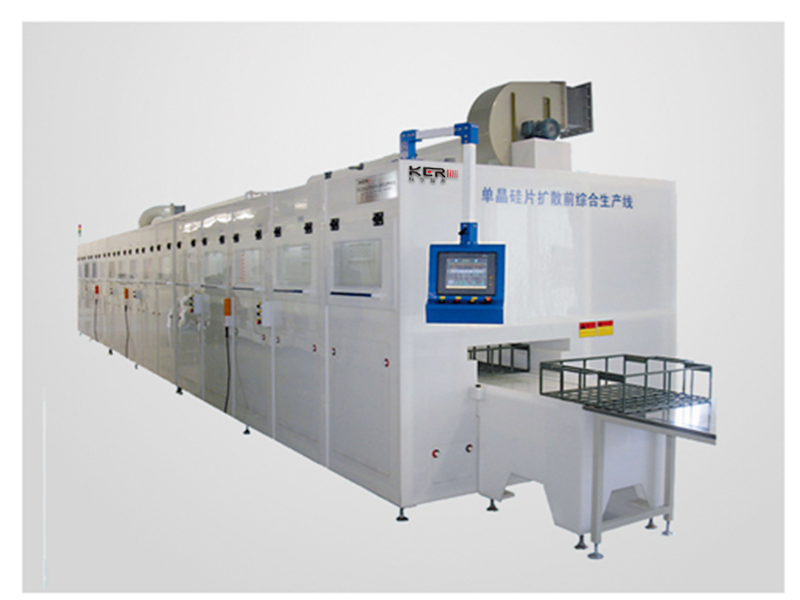

(3) Power density: Power density=Emission power (W)/Emission area (cm2), usually ≥ 0.3W/cm2. The higher the power density of ultrasound, the stronger the cavitation effect, the faster the speed, and the better the cleaning effect. However, for precision and highly polished objects, long-term high-power density cleaning can cause "cavitation" corrosion on the surface of the object.
(4)超声波频率:超声波频率越低,在液体中产生的空化越容易,产生的力度大,作用也越强,适用于工件(粗、脏)初洗。频率高则超声波方向性强,适用于精细的物件清洗。
(4) Ultrasonic frequency: The lower the ultrasonic frequency, the easier and more powerful the cavitation generated in the liquid. It is suitable for initial cleaning of workpieces (coarse and dirty). High frequency results in strong directionality of ultrasonic waves, suitable for fine object cleaning.
(5)清洗温度:一般来说,超声波在30℃-40℃时的空化效果。清洗剂则温度越高,作用越显著。通常实际应用超声波时,采用50℃-70℃的工作温度。
(5) Cleaning temperature: Generally speaking, the cavitation effect of ultrasound at 30 ℃ -40 ℃. The higher the temperature, the more significant the effect of the cleaning agent. Usually, when applying ultrasound in practice, a working temperature of 50 ℃ -70 ℃ is used.
推荐文章
 公司:济南科尔超声波设备有限公司
公司:济南科尔超声波设备有限公司  热线:18663767799
热线:18663767799 地址:山东省济南市济阳区创业路与启航街交叉口南40米
地址:山东省济南市济阳区创业路与启航街交叉口南40米




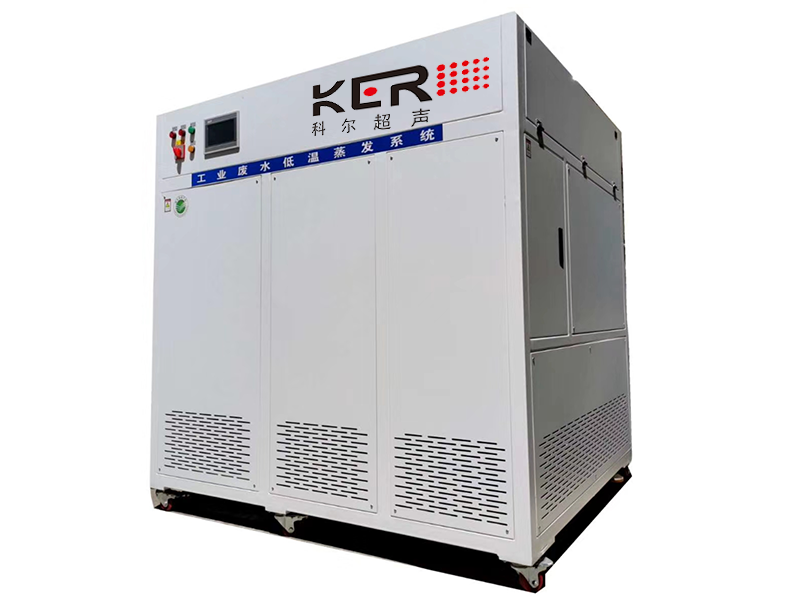
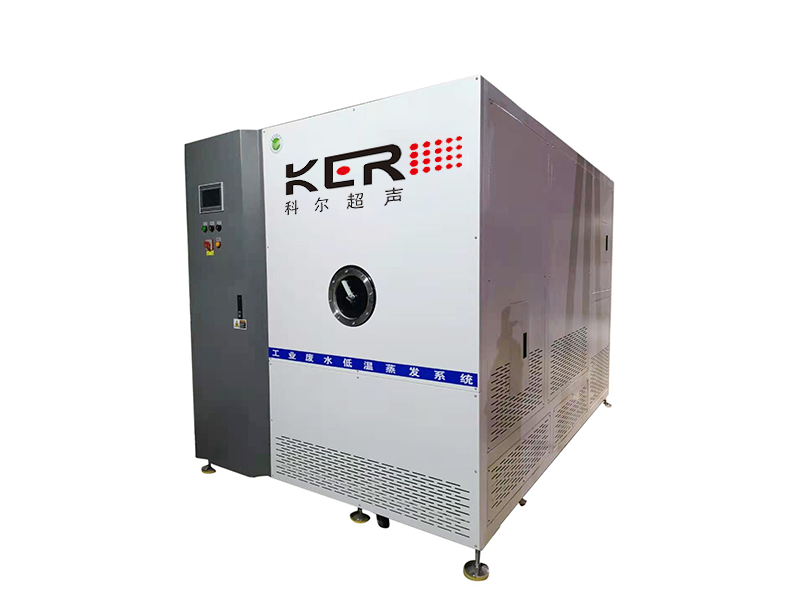
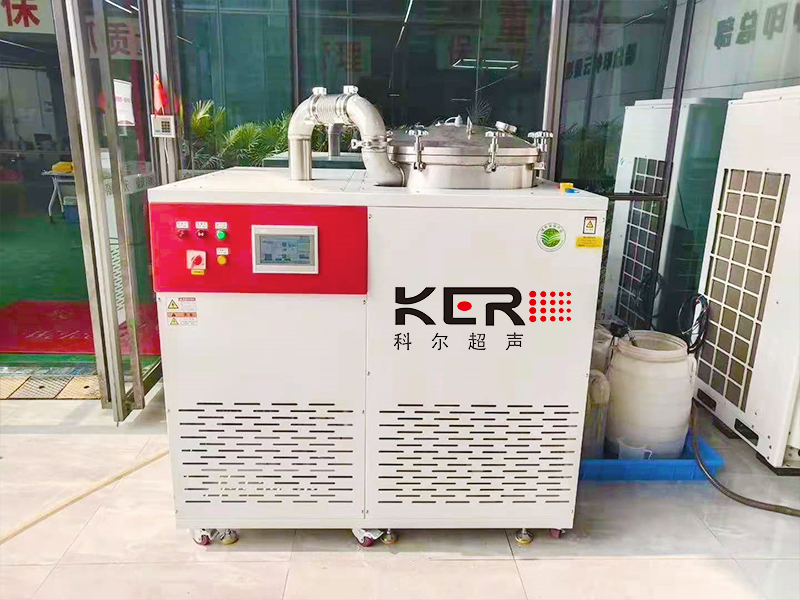
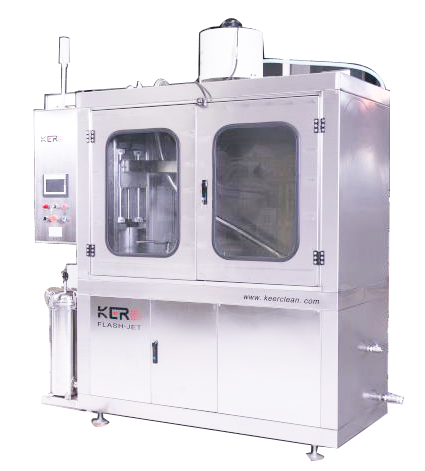
 常见问题
常见问题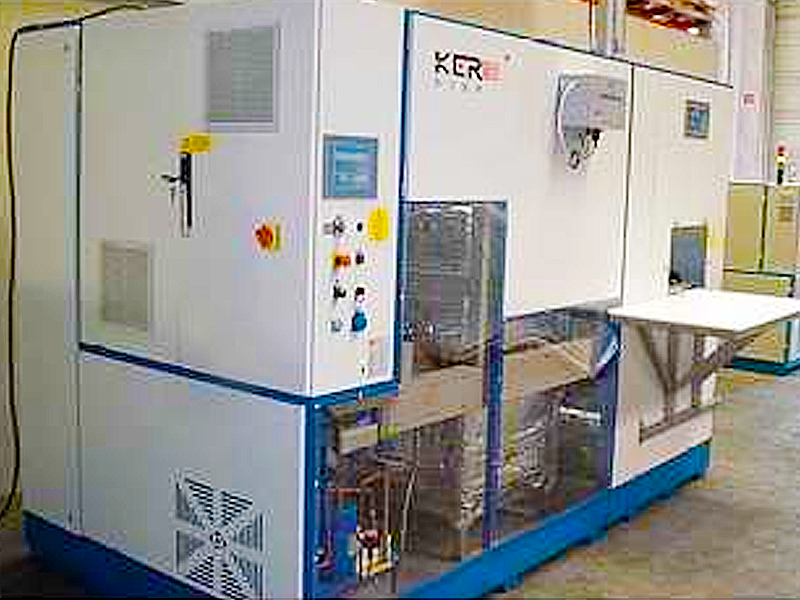
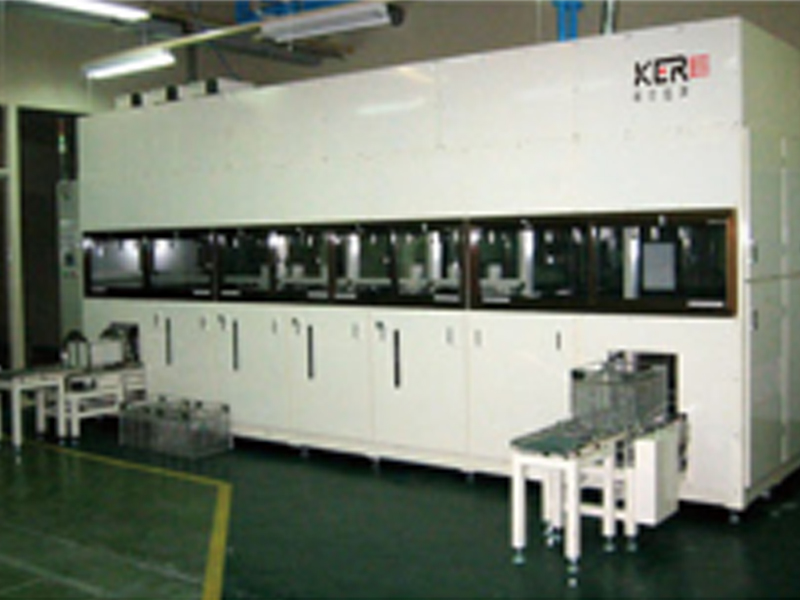
 联系我们
联系我们
 咨询电话:18663767799
咨询电话:18663767799 E-MAIL:jnkergs@163.com
E-MAIL:jnkergs@163.com 地址:山东省济南市济阳区创业路与启航街交叉口南40米
地址:山东省济南市济阳区创业路与启航街交叉口南40米 鲁公网安备 37011202001385号
鲁公网安备 37011202001385号
